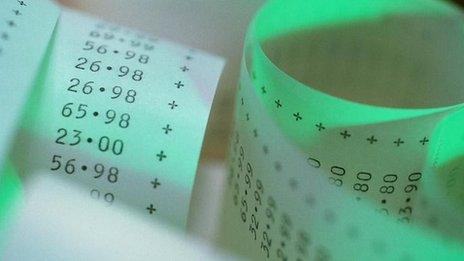Hirsute pursuit: Dodging the 'beard tax' and other historical levies
- Published
The Panama Papers have revealed the massive scale of tax dodging schemes of the rich and powerful. But tax avoidance is nothing new - people have been coming up with schemes and loopholes for as long as there have been taxes.

Beard tax

Peter the Great's great dislike of facial hair supposedly inspired him to bring in a beard tax in 1698, external. For centuries, Russian men had worn long flowing beards, but the young Tsar felt a clean shaven look was more Western and modern.
Those who forked out the 100 rouble annual beard tax were given a special medal as proof of payment, with the words "The beard is a useless burden" inscribed on it. Of course, avoiding the tax was easy - have a shave.
Claims online that a beard tax was introduced by Henry VIII in 1535, and again later by his daughter Elizabeth I, do not seem to be backed up by contemporary documents, beard historian Dr Alun Withey says.
But Dr Withey has uncovered evidence that an official in New Jersey tried to introduce a levy on facial hair, external in 1910. He proposed an extra 20% on men with ginger beards. He failed to get the law passed.
Other sartorial taxes include a tax on hats introduced by the British Parliament in 1784 which was "much evaded", external - despite being punishable by death. Makers, who were required to buy a licence, apparently simply started calling their creations "headgear". Meanwhile a wig-powder tax 12 years later helped see off the fashion for wearing wigs.
Desperate to raise money to finance a war with the French, Prime Minister William Pitt the Younger tried all sorts of other taxes too - including on soap, clocks, dogs, horses, candles, and female servants.

Hidden treasure

"Render therefore unto Caesar the things which are Caesar's," Jesus advised his followers, the Bible says.
However, some wealthy citizens of the Roman Empire decided it was a better idea to bury their cash, jewellery and expensive furnishings than pay their dues.
It's crucial to remember where you buried your valuables though. A hoard of 70,000 Iron Age coins, external found in Jersey - ironically widely seen as something of a tax haven today - is thought to have been a stash hidden from Roman tax collectors.

Transparent dealings
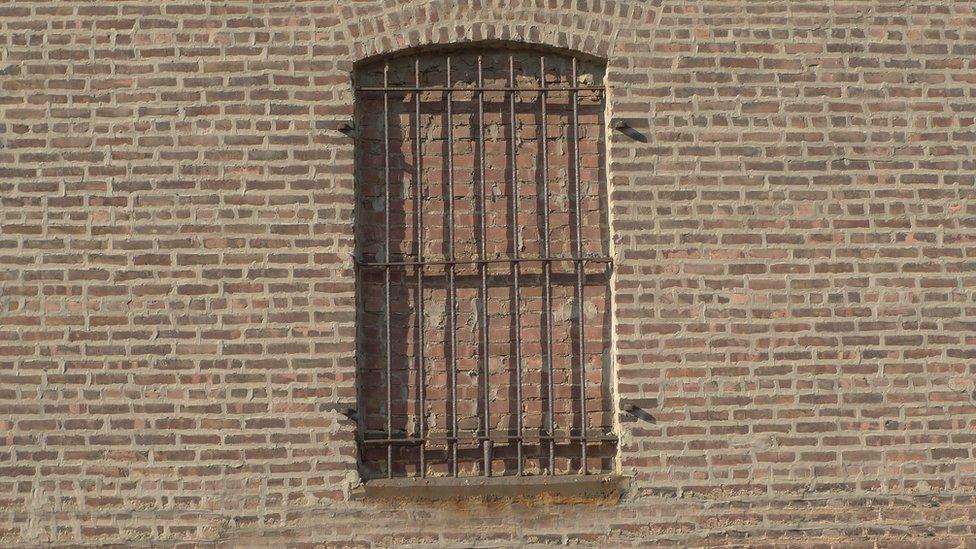
Rich people have bigger houses and therefore more windows - that was the theory behind England's 1696 window tax. The taxman simply had to count them.
However, reluctant taxpayers soon began bricking up their windows to avoid paying. Ghost windows from the era can still be spotted on old buildings today.
It even became fashionable to brick up your windows - a sort of "keeping up with the tax avoiders next door" type thing, according to John Whiting, external, formerly of the Chartered Institute of Taxation.

Bricks and mortar
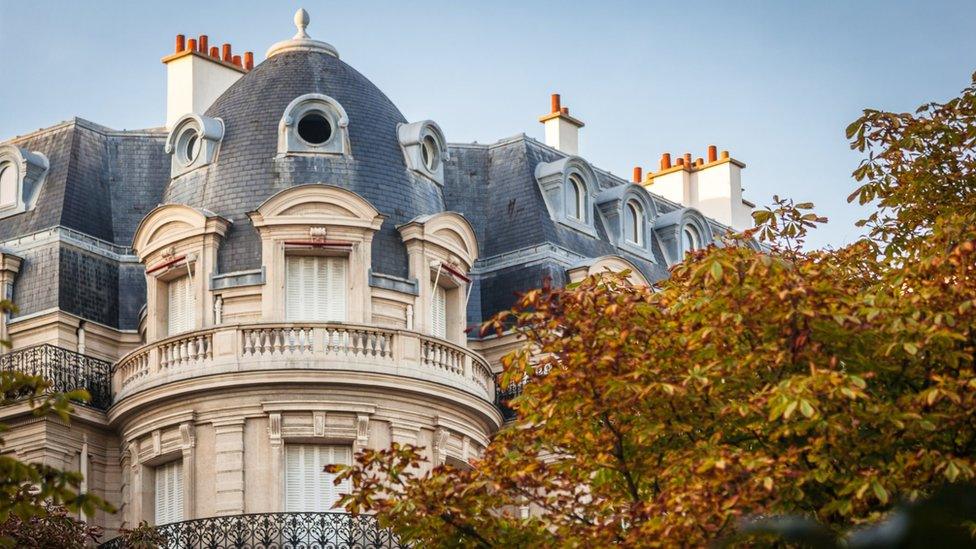
The French Mansard roof was designed with accommodation in the low-lying roof - which was exempt from tax
Taxes have shaped housing design in lots of other ways too. In 18th Century Britain, people dodged a tax on wallpaper, external - which was the height of fashion - by hanging plain paper and painting it by hand.
Meanwhile, a brick tax, external saw builders use bigger and bigger bricks - until the government cracked down by introducing a maximum brick size.
In France, houses with low Mansard roofs were designed to shelter their occupants from taxes as well as the elements. Property owners were taxed on the number of floors below the roof line. The Mansard roof made the top floor essentially tax free.
There are theories that narrow "shotgun houses", common in New Orleans in the US, were so designed because of a tax on the size of the front of people's houses.

Playing with fire
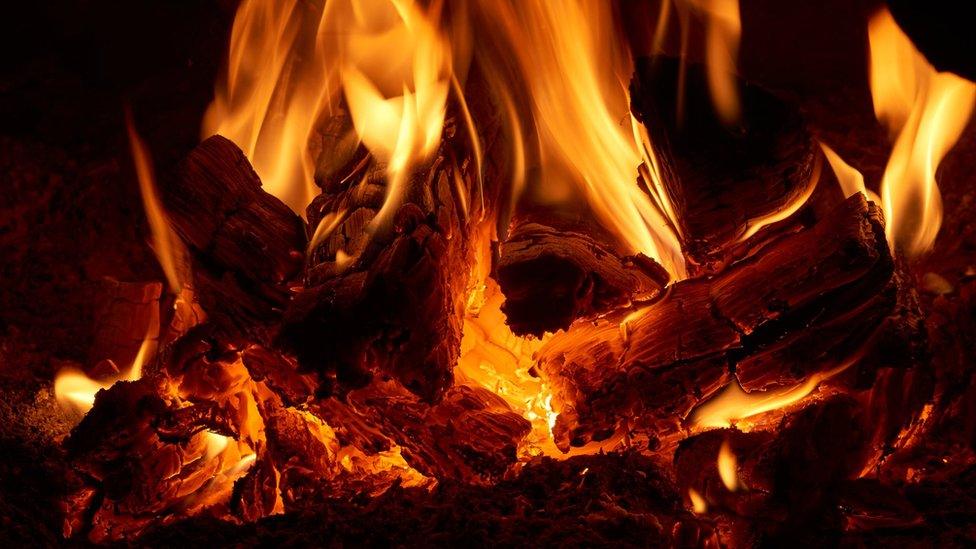
The hearth tax, external was introduced in England and Wales in 1662 on the premise that it was easier to count the number of fireplaces in a house than the number of people.
The money went straight into the private purse of the newly-restored monarch, King Charles II - which caused some disgruntlement.
Some people blocked their chimneys or knocked them down to avoid paying, a rather risky tax avoidance scheme. There are reports that one baker plugged her chimney and knocked through to her neighbour's, causing a fire which killed four people.
This unpopular tax also ran into trouble when the newly established Hearth Office was burned down during the Great Fire of London. The tax was abolished after only 27 years.

Ace of Spades
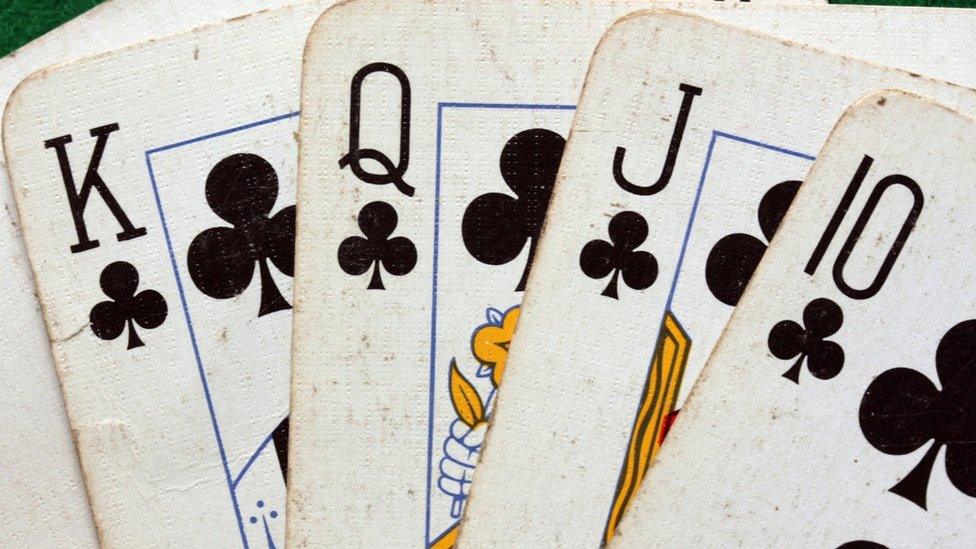
It is illegal for individuals to possess more than 120 playing cards in Thailand
In the 17th Century, King James I came up with the idea taxing playing cards, external, which were deemed to lead to bad behaviour by encouraging gambling. An early sin tax, if you like.
An official stamp was printed on the Ace of Spades to show the tax had been paid.
One cunning card maker, John Blacklin, external, came up with the idea of simply omitting the Ace of Spades from the pack to get round paying. He offered it for sale separately instead. Unfortunately for him, a jury did not buy this ploy.
In a salutary lesson for any would-be tax evader, the Old Bailey record states he was sentenced to death in 1805 for his crime.

Above the law

More "over-river" than "off-shore", the much-photographed Bridge House in Ambleside in the Lake District was apparently built on a bridge over a river between jurisdictions to avoid land tax - what is now essentially stamp duty.
A clever ruse, but there was only space on the bridge for a two room abode, which had to house a family with six children.
Meanwhile, travellers have long avoided bridges which charge tolls to cross by practising the art of "shunpiking" - taking longer routes to get around paying.

Tea and biscuits
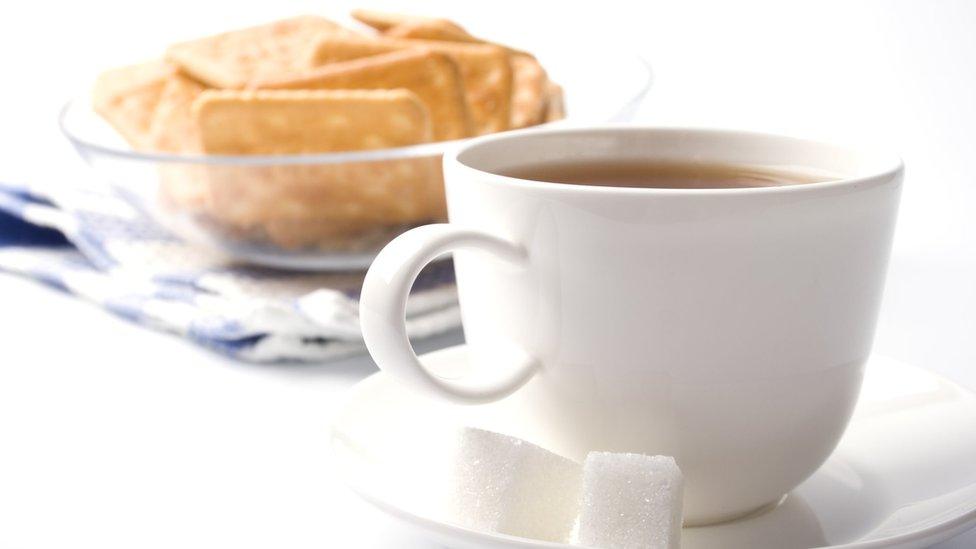
The British have a reputation as enthusiastic tea drinkers, and in 1689 politicians decided to cash in by introducing hefty duties on tea, external leaves. At its peak, the import tax was a whopping 119% of the value of the tea.
The unintended consequence was a boom in tea smuggling, by criminals with supposedly brutal reputations. Fake tea was also rife, with sheep dung and even poisonous copper carbonate added to mimic the right colour.
In the eyes of current UK law, biscuits and cakes are "necessities" and are zero-rated for tax purposes. However, chocolate-covered biscuits are regarded as a luxury, which means the full rate of value-added tax (VAT) is payable.
McVities famously succeeded in arguing that Jaffa Cakes were cakes not chocolate-covered biscuits, and were therefore exempt from VAT.
An equally eccentric VAT rule applies to gingerbread men. No VAT is charged if the figure has two chocolate spots for its eyes, but any chocolate-based additions - such as buttons or a belt - mean VAT is payable. So it is cheaper to buy a no-chocolate gingerbread man.

- Published24 July 2012
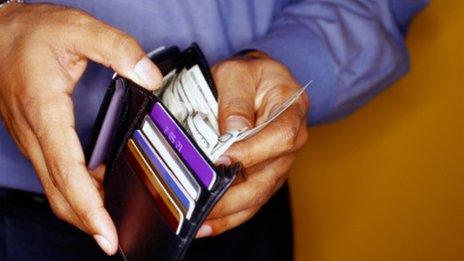
- Published12 May 2014

- Published31 March 2013

- Published9 February 2015

- Published21 May 2013
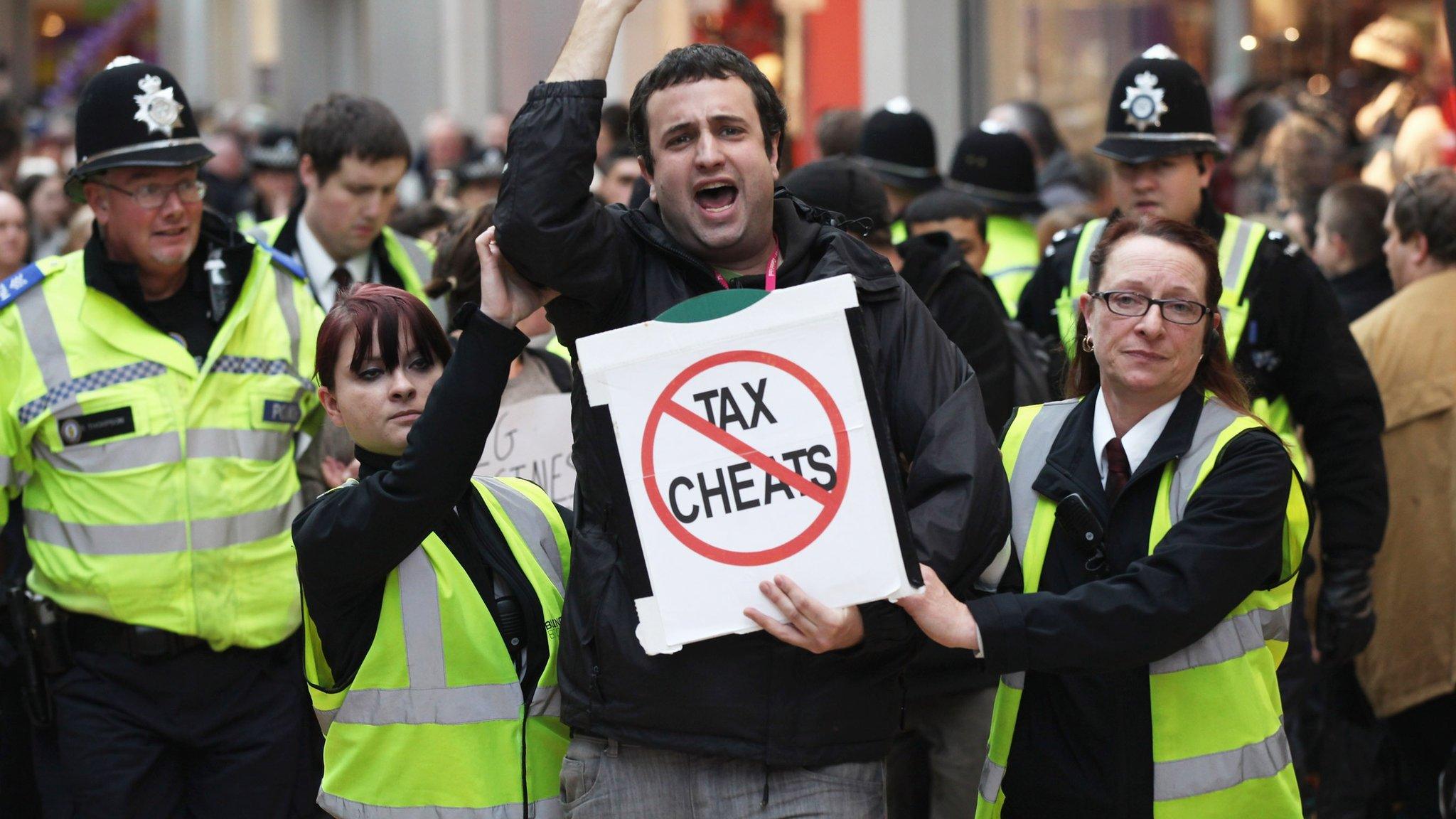
- Published21 June 2012
